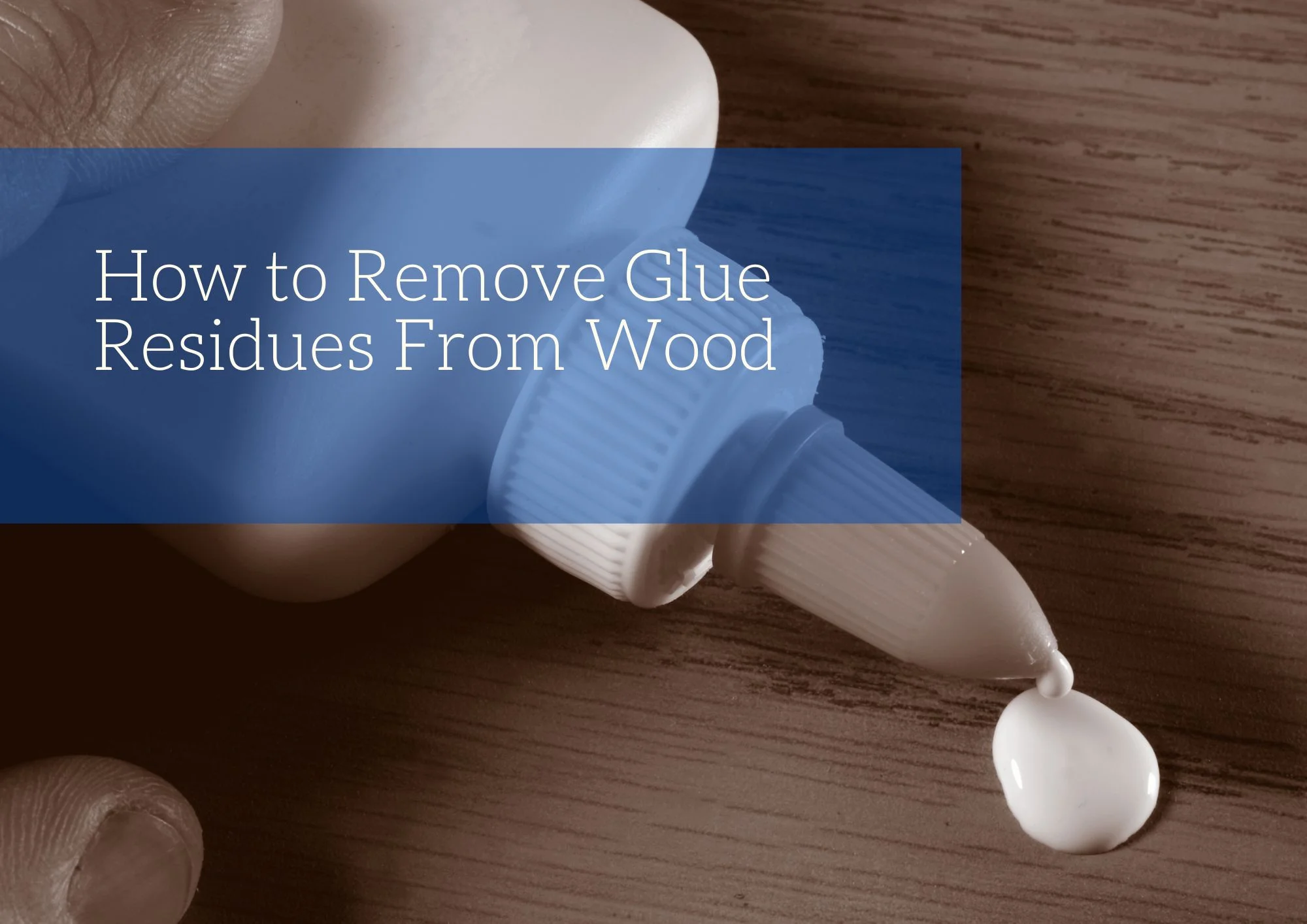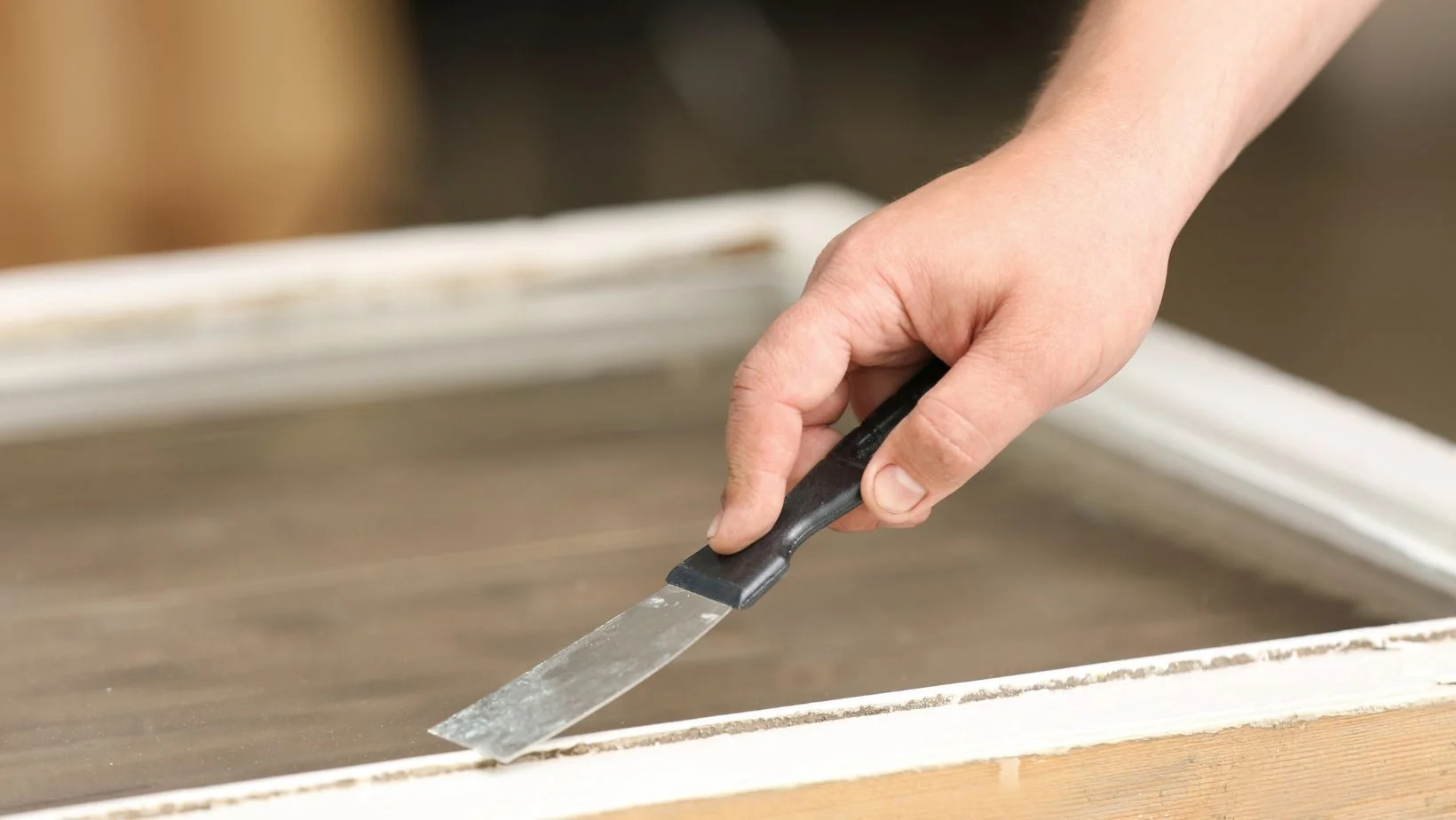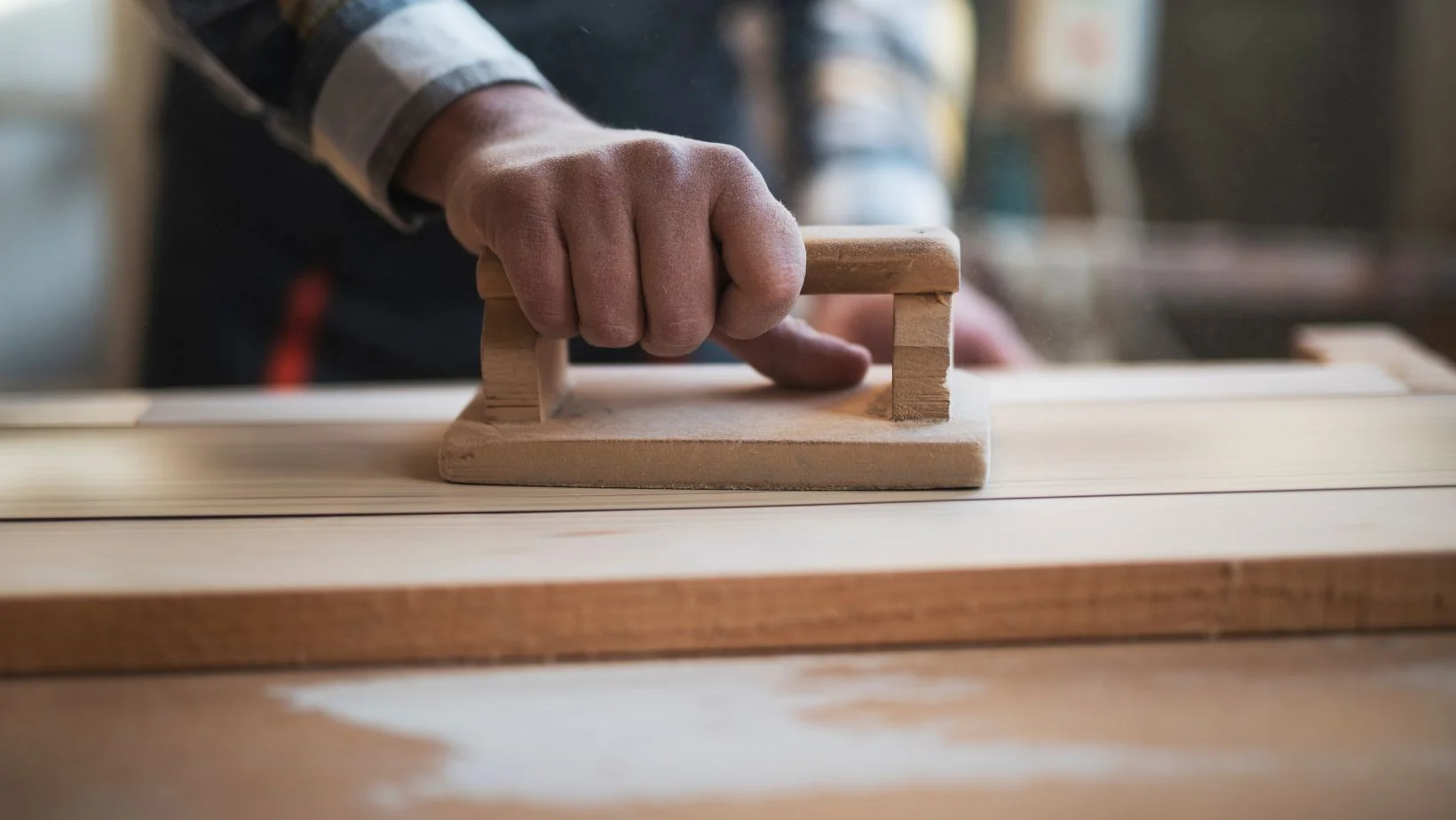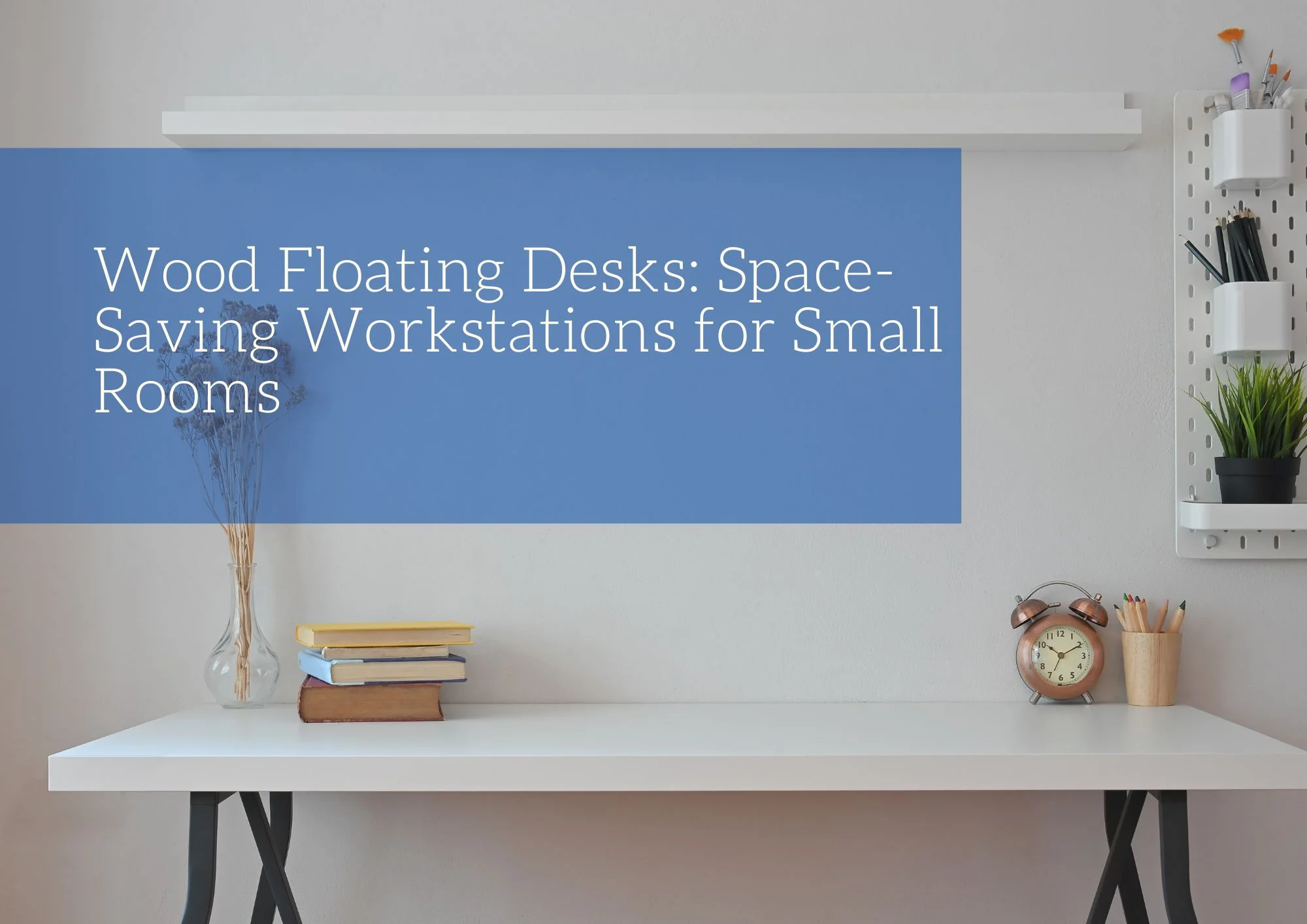Removing glue residues from wood can be tricky, but it’s essential for maintaining the natural beauty of wooden surfaces. Whether you’re dealing with leftover glue from a DIY project or adhesive remnants from old furniture, this guide will walk you through the best methods to restore your wood to its original condition.
How to Remove Glue Stains From Wood
Using a Scraper
- Remove the excess glue using an old credit card or another rigid plastic tool. For larger areas, a pull scraper with a sharp blade works well, or you can use a razor knife if the glue has hardened. It’s best to remove the adhesive gradually, taking extra care as you get closer to the wood’s surface.
- Apply furniture polish directly to the adhesive residue, spraying it onto the affected area. Gently rub the polish in with a soft cloth. This can help loosen and lift the adhesive or glue.
- Once the residue is removed, wipe the surface clean with a towel to finish the process.
Using Nail Polish Remover
If furniture polish doesn’t do the trick, rubbing alcohol or an acetone-based nail polish remover can be effective, especially for stubborn superglue stains.
Apply Nail Polish Remover:
- Dip a cotton swab into the nail polish remover.
- Gently rub it onto the adhesive residue, allowing the acetone to break down the glue.
Remove the Residue:
- Once the glue begins to soften, carefully scrape it off with your fingernail or a butter knife.
- Be sure to scrape gently to avoid damaging the wood.
Final Clean-Up:
- After removing the glue, wipe the area with a clean cloth to ensure no residue remains.
Using Mineral-Based Removers
A mineral-based approach is another effective option for removing adhesive residue from wood.
- Mineral Oil: Pour a small amount of mineral oil directly onto the glue stain.
- Gently massage the area with a clean cloth, allowing the oil to loosen the adhesive.
- Alternative Method with Mineral Spirits: If you have mineral spirits, mix them with olive oil on a 1:1 ratio.
- Application: Carefully apply the mixture to the adhesive stain, using a soft cloth to work it into the residue.
- Wipe Clean: Once the adhesive has softened, wipe away the residue with a clean, dry cloth to leave the wood surface smooth and free of glue.
Using Commercial Residue Removers
If the other methods don’t fully remove the glue from the wood, a commercial residue remover can be an effective solution.
- Apply the Commercial Remover:
- Follow the instructions on the product’s label to apply the remover directly to the adhesive stain.
- Allow the solution to sit on the stain for the amount of time prescribed.
- Wipe Away Residue:
- After the solution has had time to work, wipe the area with a clean, dry towel to remove any excess liquid or loosened adhesive.
- Final Clean-Up:
- Ensure the wood surface is completely dry and free of any remaining residue by wiping it down with a fresh cloth.
Using Sandpaper
As an alternate option, sanding the stained wood can be a more effective approach for removing stubborn adhesive stains.
- Choose the Right Sandpaper:
– Start with very fine-grit sandpaper, such as 600 grit, which is gentle enough to minimize damage to the wood finish.
– If 600-grit sandpaper doesn’t remove the residue effectively, switch to an even finer 1200-grit sandpaper.
- Sanding the Residue:
– Gently sand the adhesive stain, moving the sandpaper in the direction of the wood grain.
– Continue sanding until the residue is level with the wood surface, being careful not to sand too deeply.
- Restore the Finish:
– After removing the stain, restore the wood’s original sheen by applying a low-gloss finish.
– This step helps to blend the sanded area with the rest of the wood, leaving a smooth and polished surface.
Removing glue residues from wood doesn’t have to be a daunting task. By following these steps and using the right tools and techniques, you can effectively clean your wooden surfaces without damaging them. Whether it’s a delicate antique or a sturdy workbench, your wood can be restored to its natural beauty to be ready for whatever project comes next.










